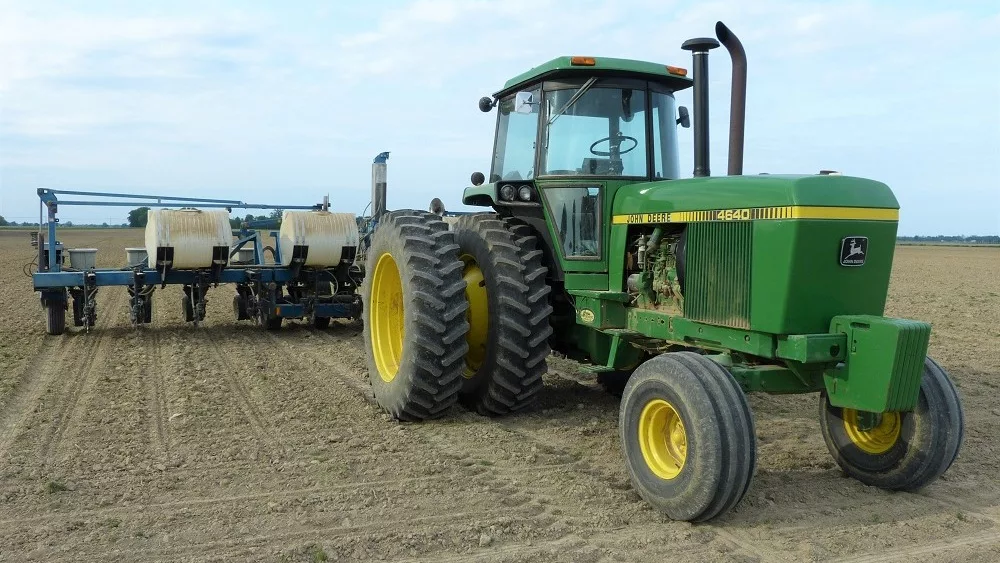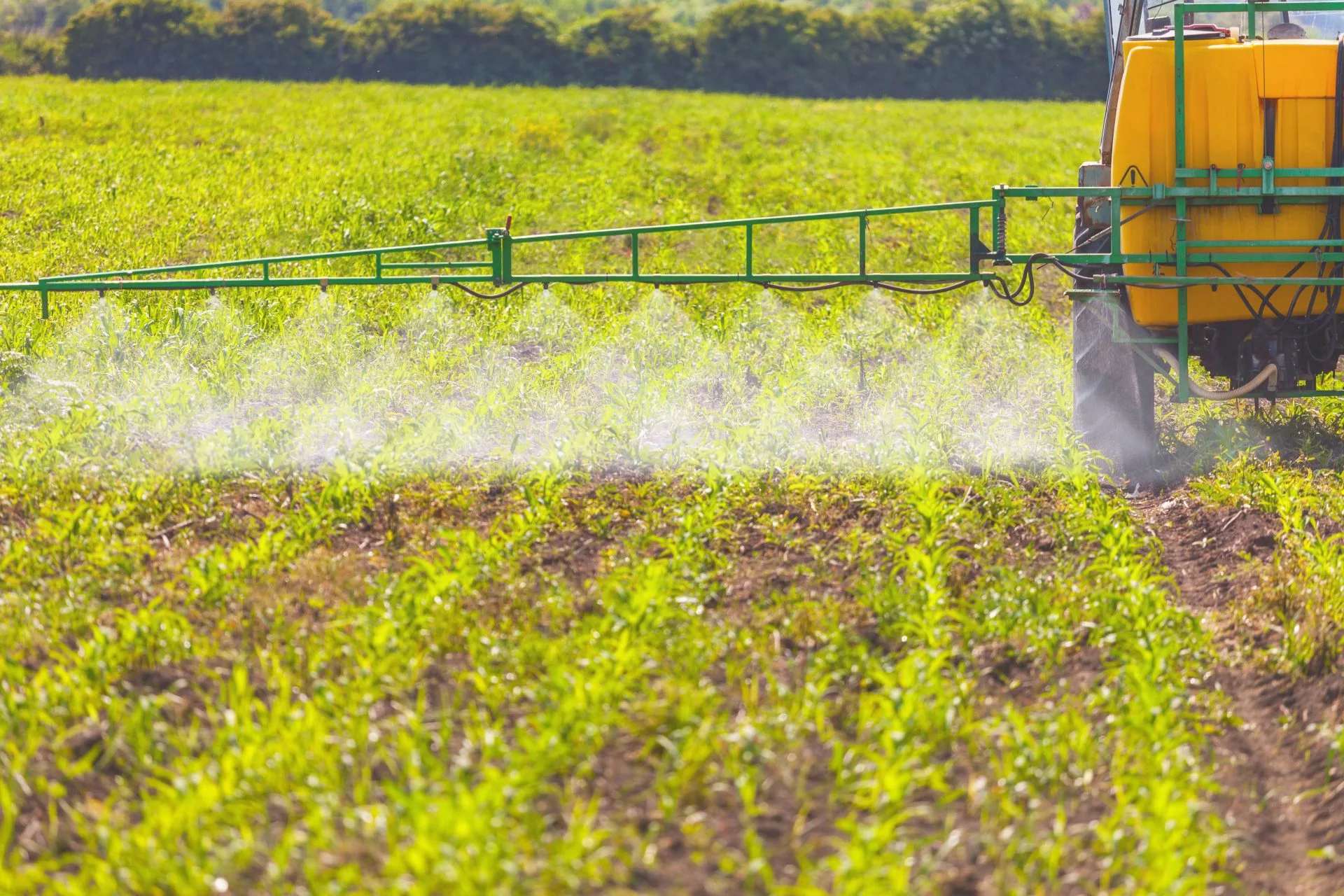The first half of the week was dominated by warm temperatures before the remnants of Tropical Storm Cristobal swept through Michigan.
According to USDA’s weekly Crop Progress Report, there were 4.8 days suitable for field work last week, which allowed for some corn and soybean replanting.
96 percent of the state’s corn has been planted, an increase of four percent from last week and 3 percent ahead of the five-year average. 85 percent of the crop is emerged, 13 points ahead of last week and four percent ahead of the five-year average. Nationally, 92 percent of corn is emerged. 65 percent of the crop is rated in good to excellent condition and 28 percent is in fair condition.
Soybean planting is nearing completion as well with 95 percent of the crop in the ground, 7 percent ahead of last week and 11 percent ahead of the five-year average. 84 percent is emerged, 16 percent more than last week. Nationally, 93 percent is planted and 81 percent is emerged. In Michigan, 67 percent of the crop is rated in good to excellent, and 27 percent is in fair condition.
Dry bean planting is progressing at a swift pace. 38 percent of the crop has been planted, 24 percent more than last week. 13 percent of the crop is emerged.
100 percent of the Michigan sugarbeet crop is emerged.
Fruit
Warm weather continued to push fruit development across the State. Apples in the East doubled in size last week with most varieties ranging from 14 to 20 mm. Most apple growers in the East applied a second thinning application last week. Apples in the Northwest were 6 mm and growers applied their first round of thinners. On the Ridge, apples were 8 to 15 mm. June drop was occurring. Fruit load was highly variable with some blocks having a heavy crop and others a very light crop. Overall, the crop potential remained very good there. In the Southwest, apples ranged from 15 to 28 mm. June drop was underway. Peaches in the East doubled in size last week with most fruit ranging in size from 18 to 22 mm. In the Southwest, peaches were 20 to 25 mm. Blueberries in the West Central were irrigated early last week. Growers applied insecticide cover sprays to early varieties to protect against cherry fruitworm and cranberry fruitworm. In the Southwest, blueberry bloom ended and most fruit was the size of small peas. Tart cherries in the Northwest were 10 to 11 mm and 13 mm in the Southwest. Pit hardening was complete in the Southwest.
Vegetables
Continued dry weather gave way to unimpeded fieldwork and field preparation this week. Asparagus harvest was nearing completion in the South, with some heading to roadside stands, while some harvest in the East was delayed until cooler temperatures arrived. Transplanting, staking and tying continued for tomatoes, peppers and eggplants. Garlic plants were beginning to produce scapes. In the East, hoop house-grown tomatoes, zucchini and beans were all going to market. Summer squash was being seeded. Pumpkins were being transplanted in the East, and beginning emergence in the Southeast.





